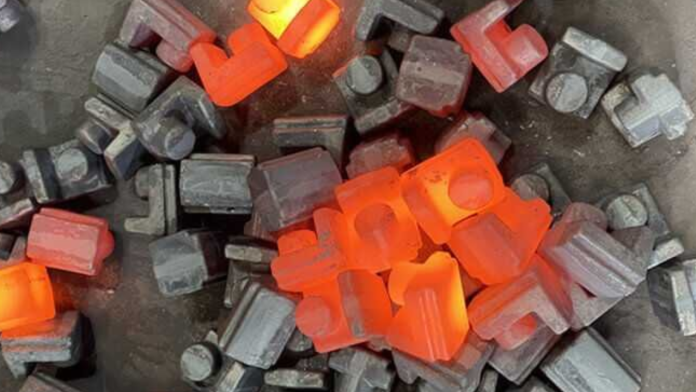CXIN FORGING is a forging company based in China that produces and supplies specialized forged parts for various industries, including autos, aerospace, energy, and others. CXINFORGING specializes in providing top-tier forging services adapted to your unique demands as the best forging manufacturer in hot die forging and cold forging.
Our extensive precision machining knowledge guarantees the highest degree of accuracy and quality for your forged components. Our professional staff can meet your needs whether you need customized designs, better strength, or precise tolerances.
CXINFORGING is dedicated to providing comprehensive, one-stop solutions from design to delivery. Our engineers collaborate with you closely to optimize the forging process, reduce costs, and improve product quality for more information, please view our website. We provide high-quality, dependable forge components using excellent craftsmanship and efficient production procedures.
Quality Control Measures in Forging Processes
Some necessary quality control measures are given below:
Material Inspection
The selection of materials is the foundation of forging quality. Before the forging process begins, a thorough material inspection is performed to ensure the quality and compatibility of the raw materials. This includes evaluating material composition, grain structure, and potential flaws that could jeopardize the final product’s integrity. Only materials that fulfill specific specifications are approved for the forging process.
Temperature Control
Working with materials at high temperatures is expected in forging. Temperature control is critical to ensuring forging process homogeneity. Advanced monitoring systems are used to manage and maintain the temperature within the appropriate range. Deviations from the ideal temperature influence the characteristics of the material and cause faults in the forged pieces.
Die Design and Maintenance
The design and condition of the dies used in forging are crucial in influencing the quality of the finished product. Forging dies are inspected regularly to detect wear, cracks, or deformations. Die maintenance is performed as soon as feasible to avoid detrimental consequences for the forging process. Furthermore, enhanced die design techniques optimize material flow, minimizing the chance of failure.
Process Monitoring
Continuous forging process monitoring is critical for detecting deviations from the set specifications. This includes real-time monitoring variables like pressure, deformation, and speed. Automated data collection and analysis systems are frequently used, allowing for fast modifications if any anomalies are found. This proactive technique reduces the possibility of flaws and assures the consistency of forged part quality.
In-Process Inspection
In-process inspections at various stages of the forging process supplement continuous monitoring. This entails evaluating the partially produced components for apparent flaws or dimensional errors. Any faults discovered during these inspections can be rectified before they become more serious, preventing the creation of subpar parts.
Heat Treatment Control
Heat treatment is frequently used during the forging process to improve the mechanical qualities of the material. It is critical to have precise control over heat treatment parameters such as temperature and time. As a result, the forged pieces have the appropriate hardness, strength, and other mechanical properties. Variations in heat treatment might lower the overall quality of the finished product.
Final Inspection and Testing
The forging process concludes with a comprehensive final inspection and testing of the forged components. Dimensional checks, visual inspections, and non-destructive testing methods such as ultrasonic or magnetic particle inspection are all part of this stage. These tests are intended to detect any flaws that may have been missed during earlier phases of the procedure. Only components that pass these stringent inspections are considered fit for use.
Traceability System
Forging producers frequently adopt traceability systems to assure accountability and promote continual improvement. These systems track and document the entire manufacturing process, from raw material acquisition to forged item shipment. This thorough record-keeping allows producers to identify any possible difficulties and implement corrective steps quickly.
Conclusion
High-quality standards in forging processes necessitate a diverse approach. Forging manufacturers may consistently create components that meet or exceed industry standards by applying these stringent quality control techniques, assuring the reliability and lifetime of the final products. The devotion to quality protects the manufacturer’s reputation and adds to the overall safety and performance of the forged components’ end-use applications.
















